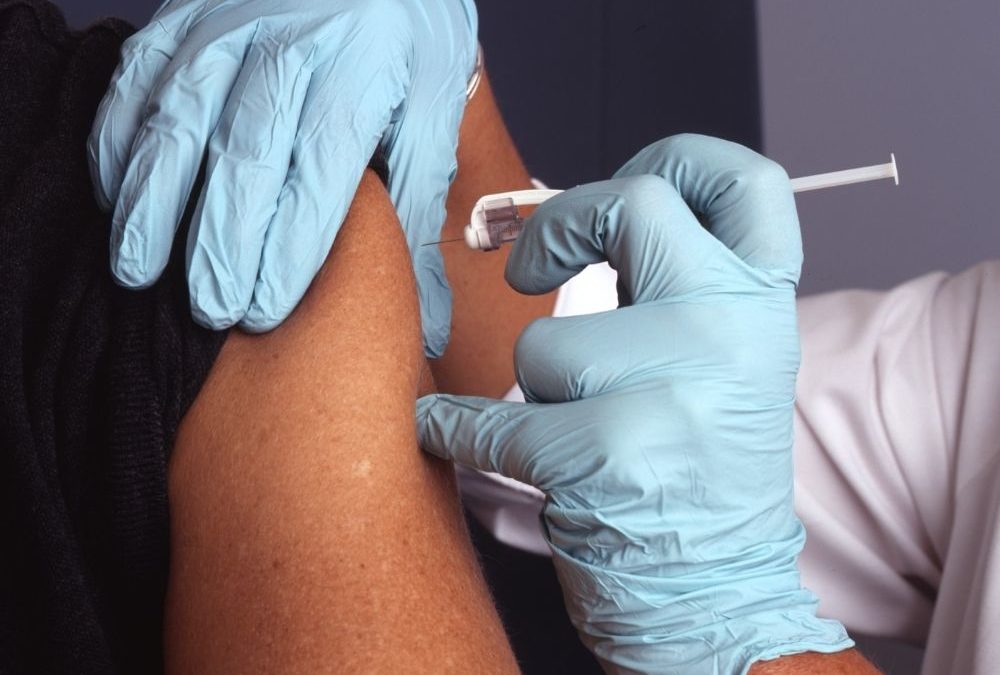
6 Sneaky Reasons Your Cholesterol May Be High

You’re not eating enough fruits and vegetables
Fruits and vegetables have antioxidants and fiber that can help improve cholesterol levels. A great way to increase your plant food intake is by following the Mediterranean Diet, advises Dr. Brynna Connor, MD, healthcare ambassador at NorthWestPharmacy.com. That diet has been shown to help decrease total cholesterol levels and improve over-all heart health. Read the entire aricle at allrecipes.com.









